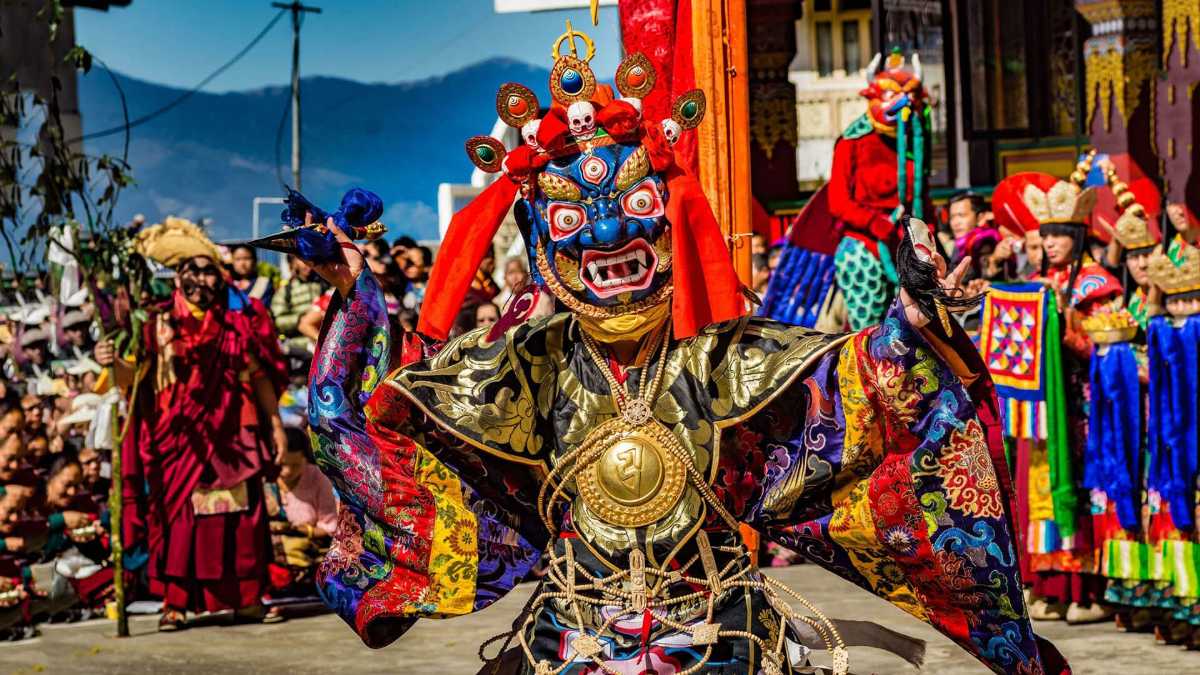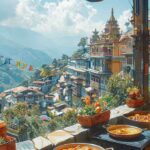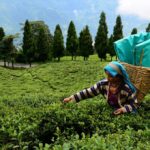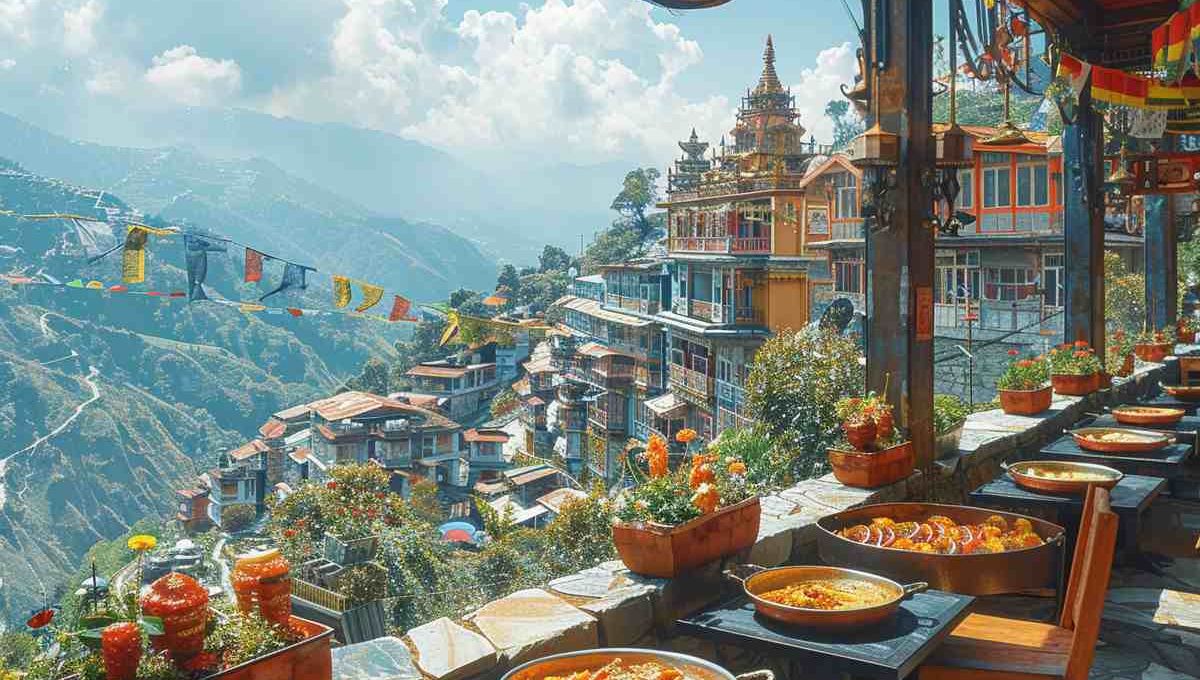Sikkim, a small but stunning state in northeastern India, is often overshadowed by its bigger neighbors. Yet, it’s in these local markets scattered across Sikkim where one can truly experience the beauty of the region’s culture. These markets are more than just places to shop; they are vibrant hubs of economic activity and tourism, filled with local flavors, intricate handicrafts, and genuine hospitality.
From the bustling streets of Gangtok to the quieter markets in Pelling and Namchi, Sikkim’s local markets offer a treasure trove of experiences waiting to be explored.
The Heartbeat of Sikkim: A Cultural Melting Pot
Sikkim’s local markets reflect the state’s rich tapestry of cultures, comprising various ethnic groups such as the Lepchas, Bhutias, and Nepalese. Each group has left its mark, influencing the food, handicrafts, and art. Walking through any market, you’ll find a medley of languages, smells, and sights that tell stories of a diverse and harmonious society.
- Gangtok’s MG Marg: A Tourist Favorite
If you’re traveling through Sikkim, your adventure is incomplete without visiting MG Road (Mahatma Gandhi Marg) in Gangtok. This pedestrian-only road is often bustling with both locals and tourists. The street is lined with quaint shops, local eateries, and stunning views of the Himalayas.
Here, you can indulge in shopping for traditional handicrafts such as colorful thangkas (Buddhist paintings on cotton or silk) and warm woolen garments. Local products like organic teas, spices, and even Sikkim’s famed honey are available at reasonable rates.
Don’t forget to relish some local snacks from street vendors, including momos (dumplings) and sukuti (dried meat). The atmosphere is lively, filled with the chatter of shoppers and the scents wafting from food stalls.
- Pelling’s Local Market: A Glimpse of Tradition
Pelling, the beautiful town known for its panoramic views of Kanchenjunga, is home to a smaller but equally charming market. The local market here is located near the Pemayangtse Monastery and offers visitors a chance to dive deeper into Sikkimese traditions.
Unlike the commercial buzz of Gangtok, Pelling’s markets exude a laid-back vibe. You can find unique handmade items like wooden carvings, prayer flags, and organic produce. Interacting with the artisans and farmers adds a personal touch to the shopping experience. Many sellers are eager to share their crafts’ stories, giving travelers insights into age-old traditions.
- Namchi’s Char Dham Market: A Spiritual Shopping Experience
Namchi’s Char Dham town is known for its spirituality, but its local market is also worth exploring. The market here, near the famous Samdruptse statue, showcases a mix of religious artifacts and local handicrafts.
You’ll find everything from religious items like idols and prayer beads to traditional garments and trinkets. The energy is palpable, with devotees and locals sharing the space. The market serves as a testament to Sikkim’s spiritual essence intertwined with everyday life.
- The Women’s Market: Empowering Local Artisans
Sikkim is home to various women-led initiatives that empower local artisans. A visit to the Women’s Market in Gangtok offers the chance to support female entrepreneurs. Here, you’ll find handmade crafts, organic beauty products, and traditional clothing, all created by skilled local women.
Shopping here is more than just a transaction; it contributes to the community’s well-being. Every purchase supports initiatives that uplift women and foster economic independence. Plus, the quality of the products reflects a deep-rooted commitment to craftsmanship.
- Seasonal Fairs and Festivals: A Colorful Extravaganza

Sikkim’s markets also come alive during local festivals and seasonal fairs. Events such as the Losar (Tibetan New Year), Bhumchu (a Buddhist festival), and various harvest festivals give you a chance to experience local culture at its best.
The markets during these times burst with color and energy. Stalls are adorned with flowers, artisanal goods, and delicious traditional foods. Visitors can see local folk dances, music, and performances that showcase Sikkim’s vibrant cultural heritage. Participating in these events creates cherished memories, making your trip all the more memorable.
- Unique Finds: What to Buy
When visiting Sikkim’s markets, you’ll encounter a plethora of unique items perfect for souvenirs or personal enjoyment. Here are a few must-buy products:
- Traditional Handicrafts: Look for exquisite handicrafts made by local artisans. Items such as a handmade wooden bowl or a thangka painting would add a unique character to your home.
- Organic Produce: Sikkim is known for its organic farming practices. Tourists can buy fresh vegetables, fruits, and herbs that are not only healthy but also packed with flavor.
- Sikkimese Tea: Don’t miss out on the chance to bring home some locally sourced tea. Sikkim’s climate lends itself well to cultivating aromatic teas that are laced with flavor.
- Wool Products: With the cold weather in the mountains, you’ll find beautiful woolen clothes and shawls. They make thoughtful gifts and serve practicality.
Remember, haggling is part of the shopping experience, and it can be enjoyable. Traders are often friendly and open to negotiating prices, so don’t hesitate to engage with them.
- Navigating the Markets: Tips for Travelers
To make the most of your experience, here are a few tips when navigating and exploring the local markets in Sikkim:
- Learn a Few Local Words: Even a simple greeting in the local language can go a long way. People appreciate the effort, making your interactions warmer and friendlier.
- Dress Comfortably: The weather can change rapidly in the mountains. Dress in layers, and wear comfortable shoes to enjoy long walks in the markets.
- Carry Cash: Many market vendors may not accept credit or debit cards. Having cash on hand ensures you can make your purchases without any hassle.
- Take Your Time: Don’t rush through the markets. Take your time to browse stalls, chat with sellers, and make connections.
Conclusion: The Lifeblood of Sikkim
Sikkim’s local markets are more than just a shopping destination; they breathe life into the state’s cultural, social, and economic fabric. They offer a glimpse into daily life while creating an immersive experience for travelers.
Whether you’re sipping fresh tea in a market stall, chatting with artisans, or sampling local snacks, each moment spent in these vibrant local markets creates lasting memories. So, when you plan your trip to Sikkim, make sure to carve out time to stroll through its markets. They are, without a doubt, one of the many treasures of this beautiful Himalayan state.
For more information about the local market and a vibrant economic and tourism hub in Sikkim click on the link given below: http://www.esikkimtourism.in/










